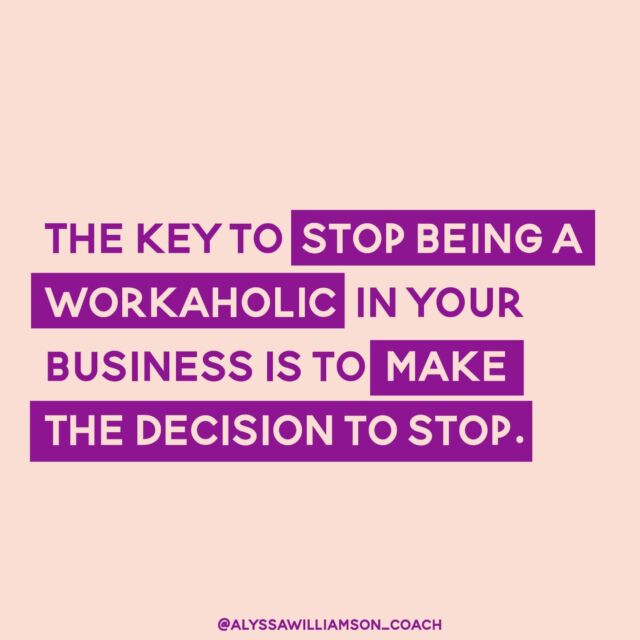The definition of marketing is
the activity for creating, communicating, delivering and exchanging offerings that benefit the organization, it’s stakeholders and society at large
(Kerin, Hartley & Rudius. “Marketing, The Core”).
Essentially this means that marketing is about creating products that are good for consumers and society at large. It is discovering the needs of your target market or prospective customers and then producing something / selling something to satisfy those needs.

Marketing is vitally important to small and large businesses because you deal with customers on a smaller basis. It is also easier because for many of you, you are the decision maker or your decision makers do interact with your customers directly. Use these connections to learn what your customers’ needs are.
This can relate to your business in one of two ways: improving an existing product, or producing a new product to meet those demands. It is important to remember that this is based on YOUR CUSTOMER’S wants and needs. Each year, the majority of new products fail even with intense research all because they didn’t quite fulfill their customers needs.
A marketing perspective on why some products fail:
Not satisfying customer needs, especially on important issues – this is a number one priority and the whole point of marketing
Too similar to competition / Not enough point of difference – how can you encourage consumers to buy your product if they are already happy with a similar one?
Unclear directives on target market, specific customer needs and wants, and product specifications – vagueness in design will carry through the rest of the process
Too small a target market – you may have reached your niche, but are sales worth the cost of production?
Failure to properly utilize the marketing mix: product, price, promotion and place – more about this later
Poor quality – aside from the benefits noted in Customer Service Makes The Difference in Marketing Your Brand, the cost of poor quality can also outweigh sales and negatively affect consumer opinion.
Bad timing – this can be too soon, too late or an unfortunate coincidence with a natural disaster, etc. Joining a full market a year too late is too hard to break into, joining a market when people don’t yet understand the need for your product can be deadly unless you are able to educate them.
Expensive product placement – with limited shelf space, it can be very difficult to convince stores to let your product build a momentum when they could be selling an existing and successful product.
This was just a little taste of why you need to consider your target audience and marketing strategy before you even begin.


 , Work Less, Profit More...Create a Life You're Freakin Obsessed With
, Work Less, Profit More...Create a Life You're Freakin Obsessed With 






